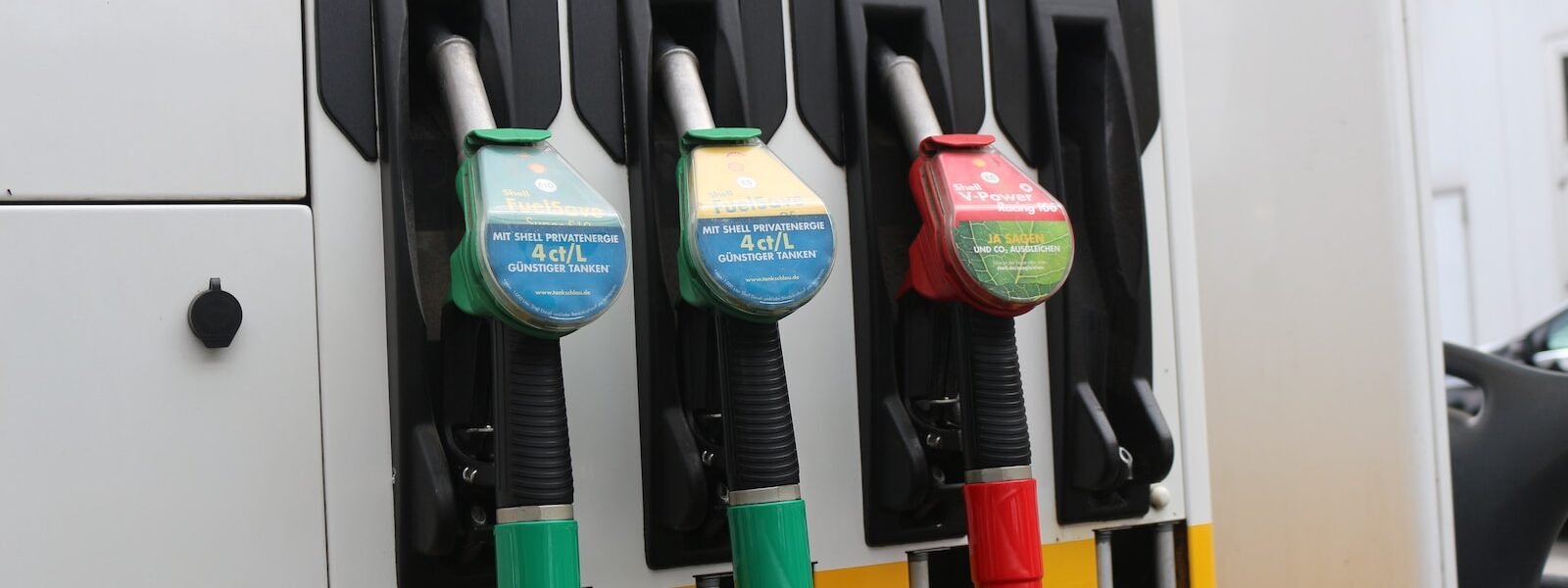Gas prices are soaring as refinery production struggles to keep up with demand during the scorching summer temperatures. The national average price for a gallon of regular gasoline has climbed to $3.82, marking an increase of 11 cents from just a week ago and almost 30 cents from last month, according to data from AAA. However, prices remain lower than they were a year ago when the average sat at $4.16.
The surge in gas prices is closely tied to the rising cost of crude oil, which makes up almost half of the consumer’s pump price. Over the past month, crude oil prices have shot up by $11 per barrel, resulting in higher gasoline raw material costs. As of Thursday, crude oil prices are hovering around $80 per barrel, a significant increase from the $69.37 price on June 26.
The heat index is being blamed as a major factor behind the recent uptick in gas prices. Refineries are forced to cut production rates during extremely hot weather, impacting gasoline and diesel supply. Andy Lipow, President of Lipow Oil Associates, explained that refineries convert crude oil into various fractions, which are then upgraded into gasoline, jet fuel, and diesel fuel. However, the high temperatures make it challenging to cool down the oil and maintain equipment efficiency.
Southern European countries like Greece and Italy are also grappling with hot weather, affecting their refinery operations and subsequently reducing gasoline available for export to the United States. Additionally, several refineries on the Gulf, East, and West Coasts experienced unscheduled outages, further straining the supply chain. Power outages resulting from disruptions in local utilities add to the supply challenges faced by refineries.
The situation is compounded by an increase in demand, which is up by 3% compared to the previous year, according to the Energy Information Administration (EIA). Since October 2022, OPEC+ has implemented significant production cuts, removing more than 5 million barrels per day from the market. Moreover, disputes between the Kurds and the Turkish government have resulted in the removal of 450,000 barrels per day of Kurdish oil from the market since March.
The Impact of Scorching Heat and Supply Constraints
The surge in gas prices has caught the attention of consumers and policymakers alike. As temperatures continue to soar, refinery production faces challenges in meeting the heightened demand for gasoline and diesel fuel. The 11 cents per gallon increase in gas prices over the past week indicates the severity of the situation.
Refineries play a crucial role in the petroleum supply chain. The process of refining crude oil into various fractions requires efficient cooling mechanisms. However, during extremely hot weather, this cooling becomes more difficult, leading to decreased production rates. As a result, less gasoline and diesel fuel are available for distribution, and consumers experience the impact at the pump.
The effects are not limited to the United States alone. European refineries in countries like Greece and Italy have also been affected by the heatwave, reducing their capacity to process crude oil and export gasoline to the U.S. Furthermore, unexpected outages in refineries across the Gulf, East, and West Coasts have exacerbated the supply constraints, contributing to the rise in gas prices.
On top of these challenges, increased demand is putting further strain on the already limited supply. According to the EIA, demand has risen by 3% compared to the previous year, indicating a significant rebound in economic activities. However, the combination of supply constraints and rising demand has resulted in a scenario where consumers are paying considerably more for fuel than they were a year ago.
Measures to Stabilize the Market
In response to the escalating gas prices, energy experts and policymakers are exploring strategies to stabilize the market and mitigate the impact on consumers. One potential approach involves investing in and incentivizing renewable energy sources. By promoting the adoption of cleaner and more sustainable energy alternatives, the dependency on crude oil could be reduced, offering some relief from the fluctuations in gas prices.
Additionally, a collaborative effort between oil-producing nations to balance production and stabilize prices could yield positive results. OPEC+ members have already taken steps to cut production, but further dialogue and cooperation might be necessary to address the ongoing supply challenges and prevent future price spikes.
Authorities could also consider exploring measures to improve the resilience of refineries during extreme weather events. Ensuring that refineries have adequate cooling systems and backup power sources can help minimize disruptions in production and maintain a stable supply of gasoline and diesel fuel.
The situation remains complex, with multiple factors contributing to the current surge in gas prices. As the heatwave continues and global demand for energy rebounds, finding a long-term solution to stabilize the market and ensure affordable fuel prices for consumers remains a top priority for energy policymakers and industry stakeholders.
Download our app MadbuMax on the Apple App Store for the latest news and financial tools. Interested in getting your finances in order do not forget to check Dr. Paul Etienne’s best-seller book on personal finance. To access more resources, tools, and services please click here. Also, do not forget to follow Dr. Etienne on IG or Twitter.





